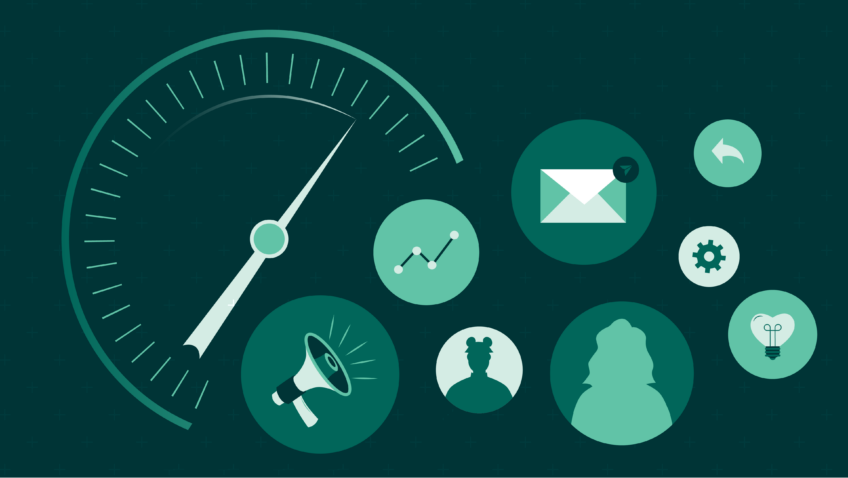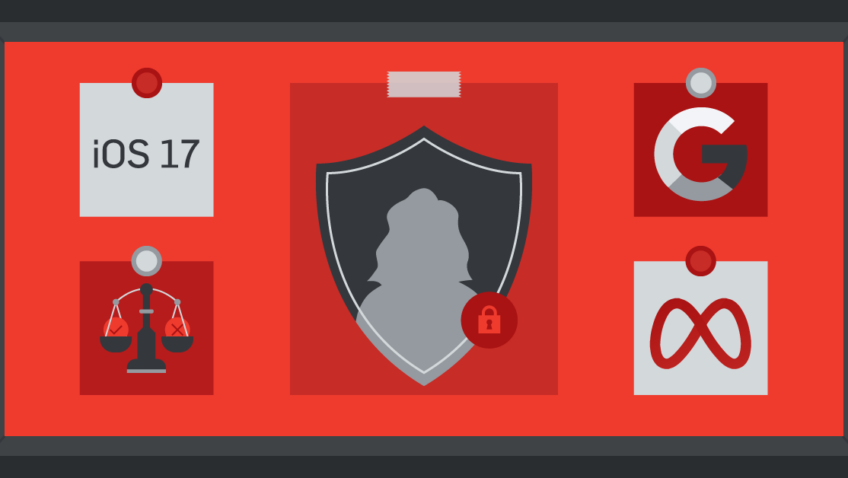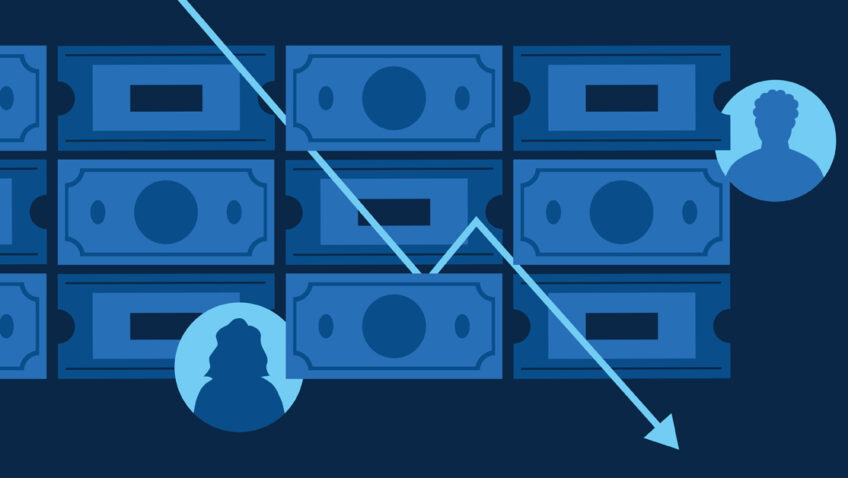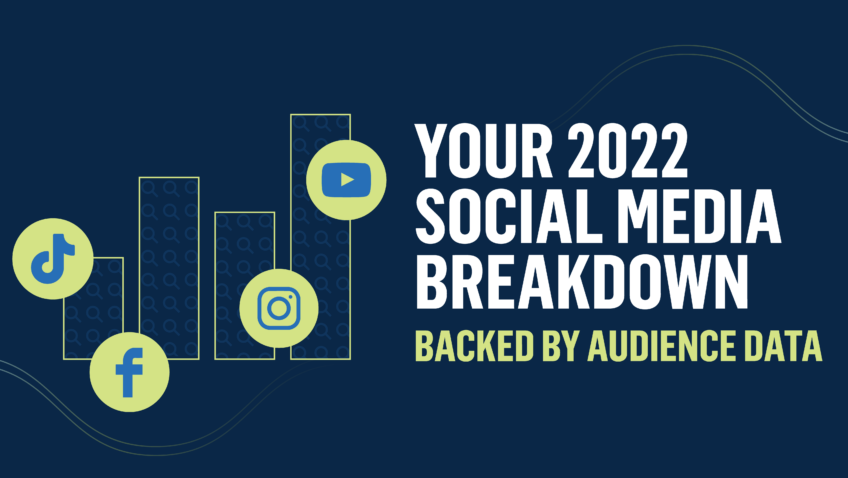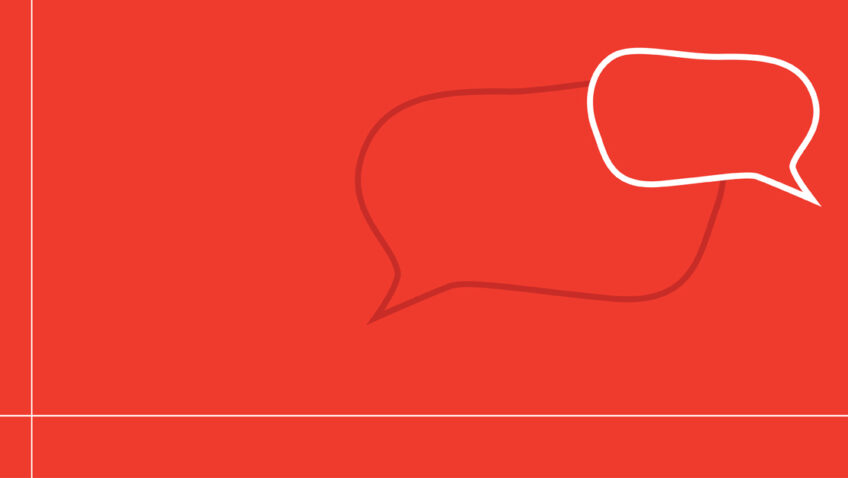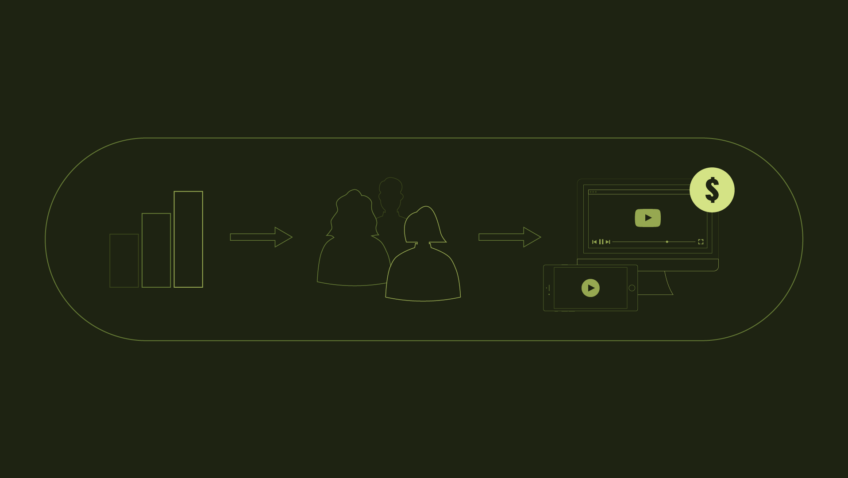Downloading About Diversity
The Census tells us that, by 2050, Latin Americans will make up the majority of the United States population, and in 2015, they made up almost 20%. On the flip side, the National Endowment of the Arts survey in 2015 showed that 80% of arts patrons will continue to be white in the years to come. The disconnect between the advancement of the arts and the advancement of the world around us is painfully evident. Not just in racial issues, but in gender equality issues as well. As an industry, we pride ourselves on our forward thinking, and yet, Artnet News asked 20 women if the arts world was biased. Their responses included:
“The fact that we’re still having this conversation is a strong indicator that women are discriminated against in the art world.” – Lisa Dennison, Sotheby’s & Guggenheim Museum
“I labor under the notion that when a society does not have [gender] equality, then none of the structures within it are egalitarian either.” – Naomi Beckwith, Museum of Contemporary Art (Chicago)
“Despite the vast number of female art professionals working today, when it comes to the most recognizable artists, the majority of the names are still overwhelmingly male.” – Doreen Remen, Art Production Fund
And my personal favorite response:
“Hahaha…Is the Pope Catholic?” – Marilyn Minter, Artist
Diversity, as a buzz word, is thrown around day after day. We’ve lost sight of the fact that diversity is simply the condition of having or being composed of different elements. Without diversity, the arts cannot exist. If there’s only one point of view, artistic expression becomes boring and under informed. As Lisa Kron, American actress and playwright, once said, “Drama only occurs when people come up against situations that are outside of themselves and are changed by them. That’s what lights us up when we go to the theatre.” This principle can be applied to all art forms. So, what’s getting in our way?
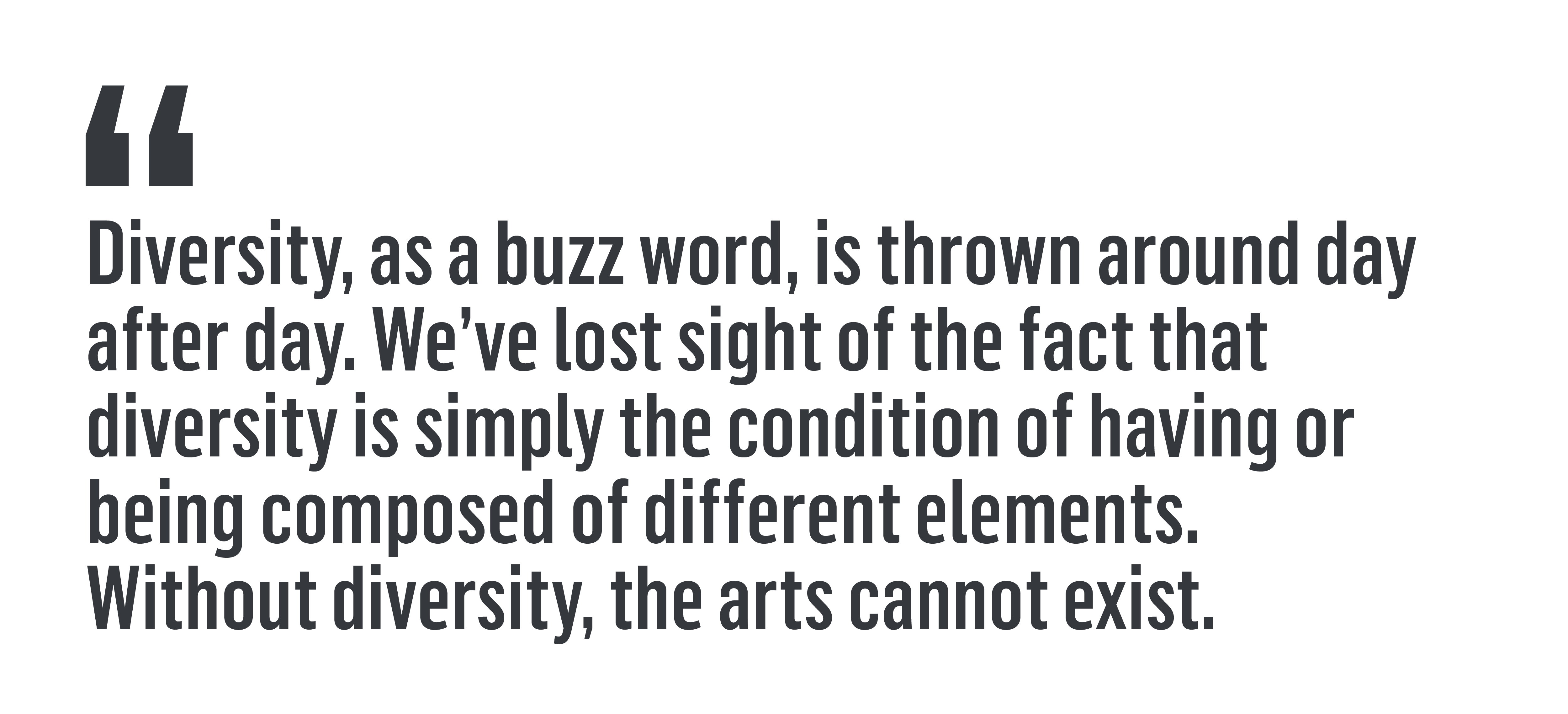
We all live our lives with hidden, unconscious bias. Think about the types of people with whom choose to surround yourself. Research by Project Implicit shows that implicit biases and stereotypes are maintained through persistent lack of contact with those beyond your inner circle. Our unconscious minds seek patterns; it’s how we’re wired. However, this pattern recognition can lead to premature and incorrect judgments. Just as we take the time to fully understand the nature of whatever we work on and live through, it seems only fair to give the same holistic approach to understanding one another. The major barrier here is our inherent privilege.
Privilege can be defined as, “a special right, advantage, or immunity granted or available only to a particular person or group of people.” Often, in any conversation about diversity and inclusion, we tend to negate our privilege and become defensive about our own life experiences. Having privilege is inherent through no choice of our own, afforded to us by our skin tone, economic background, or cultural influences. As Adam Foss, former assistant district attorney and advocate for criminal justice reform, said in a recent TED talk, “Regardless of who you are or where you are, you have some form of privilege. And to deny it is disrespectful to yourself and those who don’t have that privilege.” Embracing privilege and presenting empathy allow us to facilitate diversity and inclusion.
So, how do we begin to facilitate diversity and inclusion in the arts? The Sphinx Organization, a Detroit-based music company, provides inspiration about the importance of diversity and inclusion in the arts. The organization was founded on the recognition of the lack of diversity on stage and in audiences. Its mission/vision is to, “transform lives through the power of diversity in the arts.” This organizational through line shows its face in the company’s education initiatives, industry leadership, and artists. The Sphinx Organization founded SphinxConnect, a career marketing place that connects musicians of color with the industry. They host the National Sphinx Competition, a competition specifically for Black and Latino string-instrument players. To learn more about their amazing work listen to our CI to Eye podcast episode with Sphinx President Afa Dworkin here.

It is now our turn to take responsibility and take action. The lack of diversity and inclusion is not a problem unique to our organizations or industry. Diversity in the arts is essential, both on the stage and behind-the-scenes. How do we bridge the gap between knowing this is important and acting on it?
We are working to prioritize diversity and inclusion at Capacity Interactive. How did we begin this journey? We simply started a conversation with our leadership team to ensure that diversity and inclusion were at the forefront of our strategic plan. We are now taking steps to ensure that the voices of our staff are heard to identify goals and opportunities for growth, including an anonymous survey sent to everyone on staff. We plan to take hidden-bias and implicit-association tests to better understand the way we’re wired, coupled with open conversations about the meaning of those concepts and the results. We have workshops and webinars planned in the near future, and most importantly, we’re taking steps to make these conversations feel safe in the workplace.
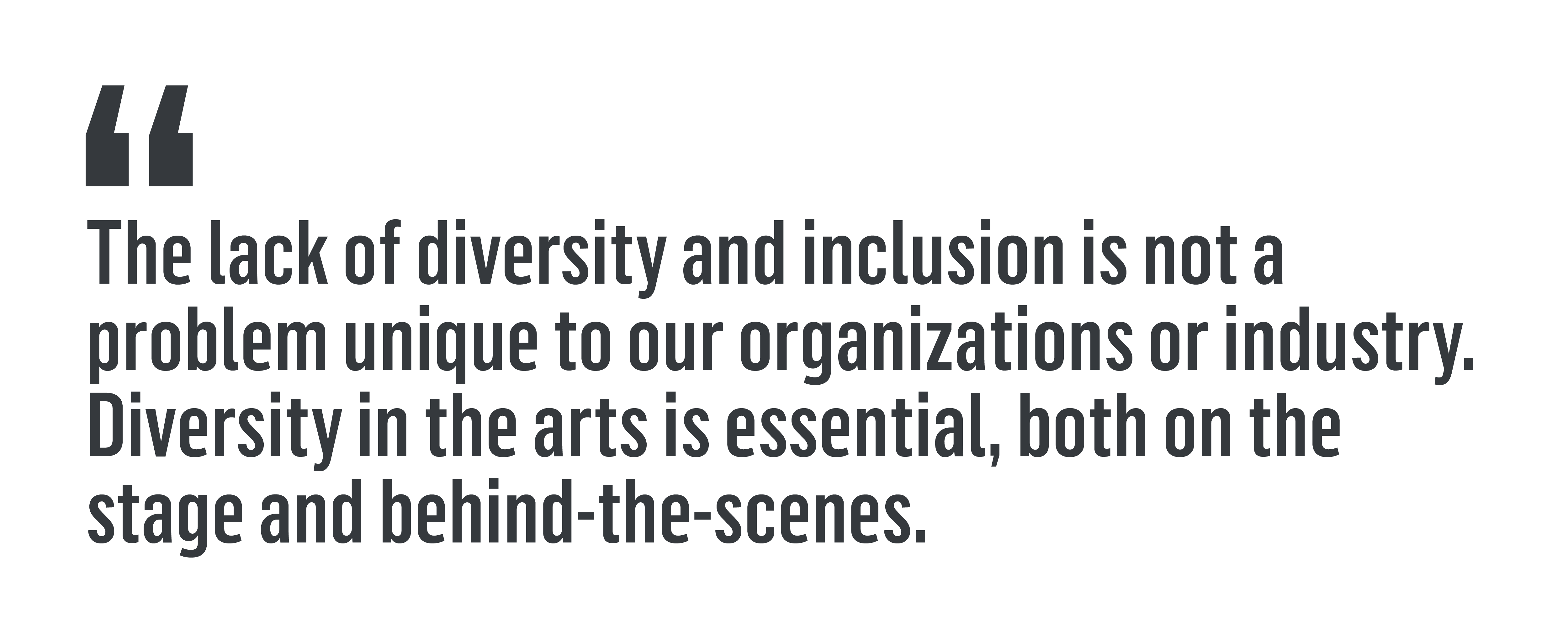
This equation looks different in every organization, but one thing that stays consistent is the starting line: having the initial conversation about diversity and inclusion and creating an open environment to continue those conversations. Your feet are at the starting line – when will you take your first step?
Priya is a Senior Analyst at Capacity Interactive. She is working with CI’s Manager of People Operations & Recruitment and leadership team to ensure that diversity and inclusion are key elements of CI’s strategic direction.


